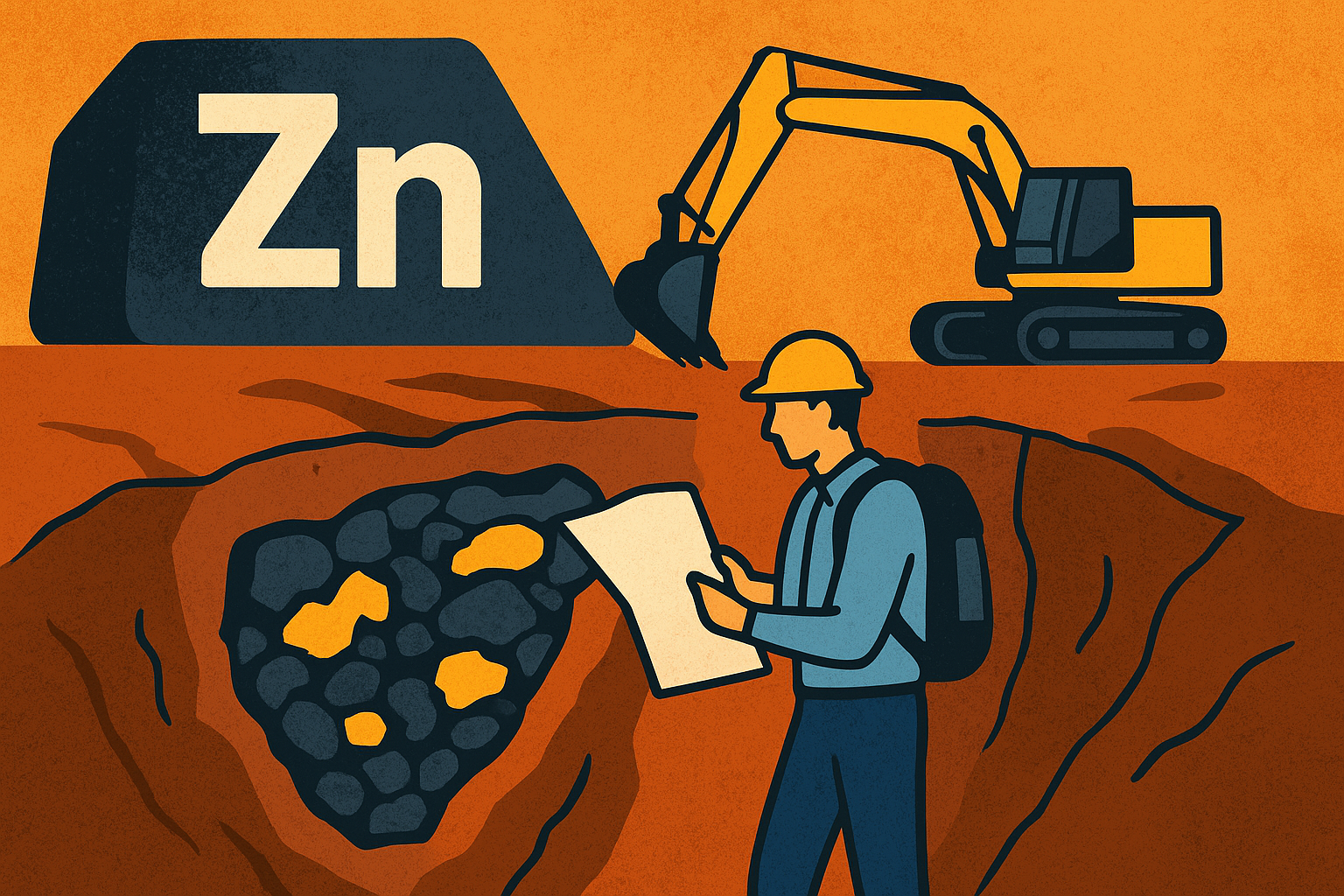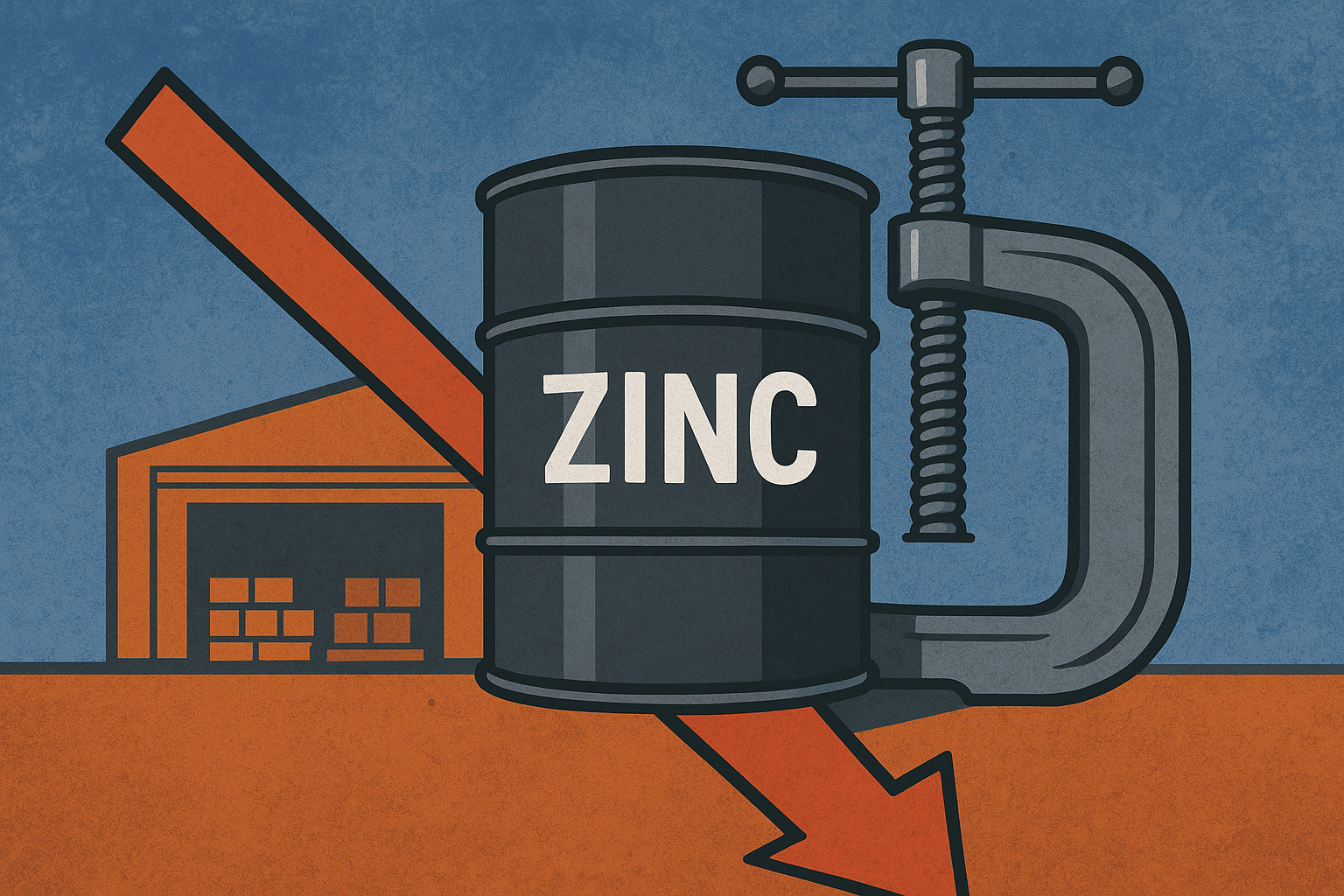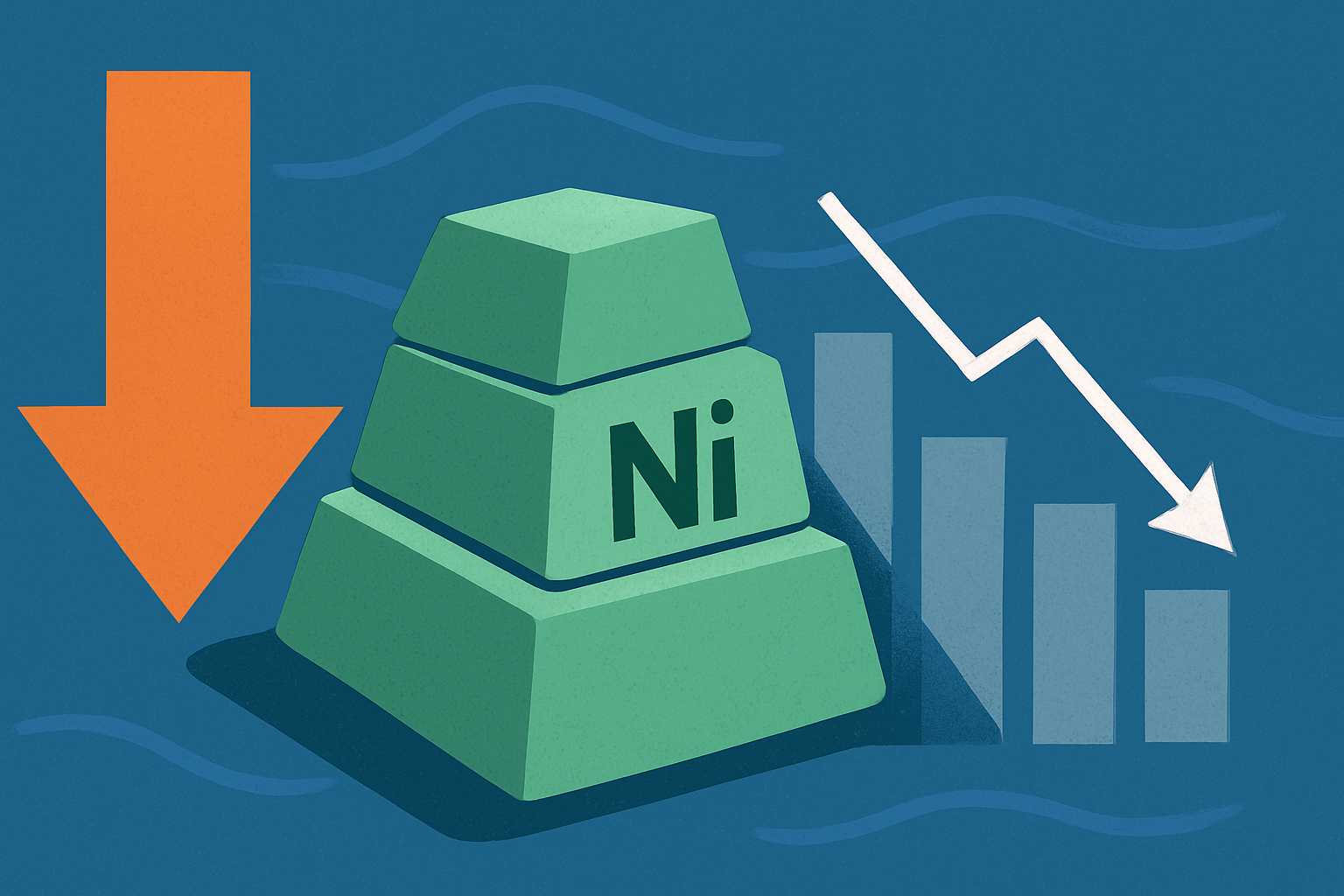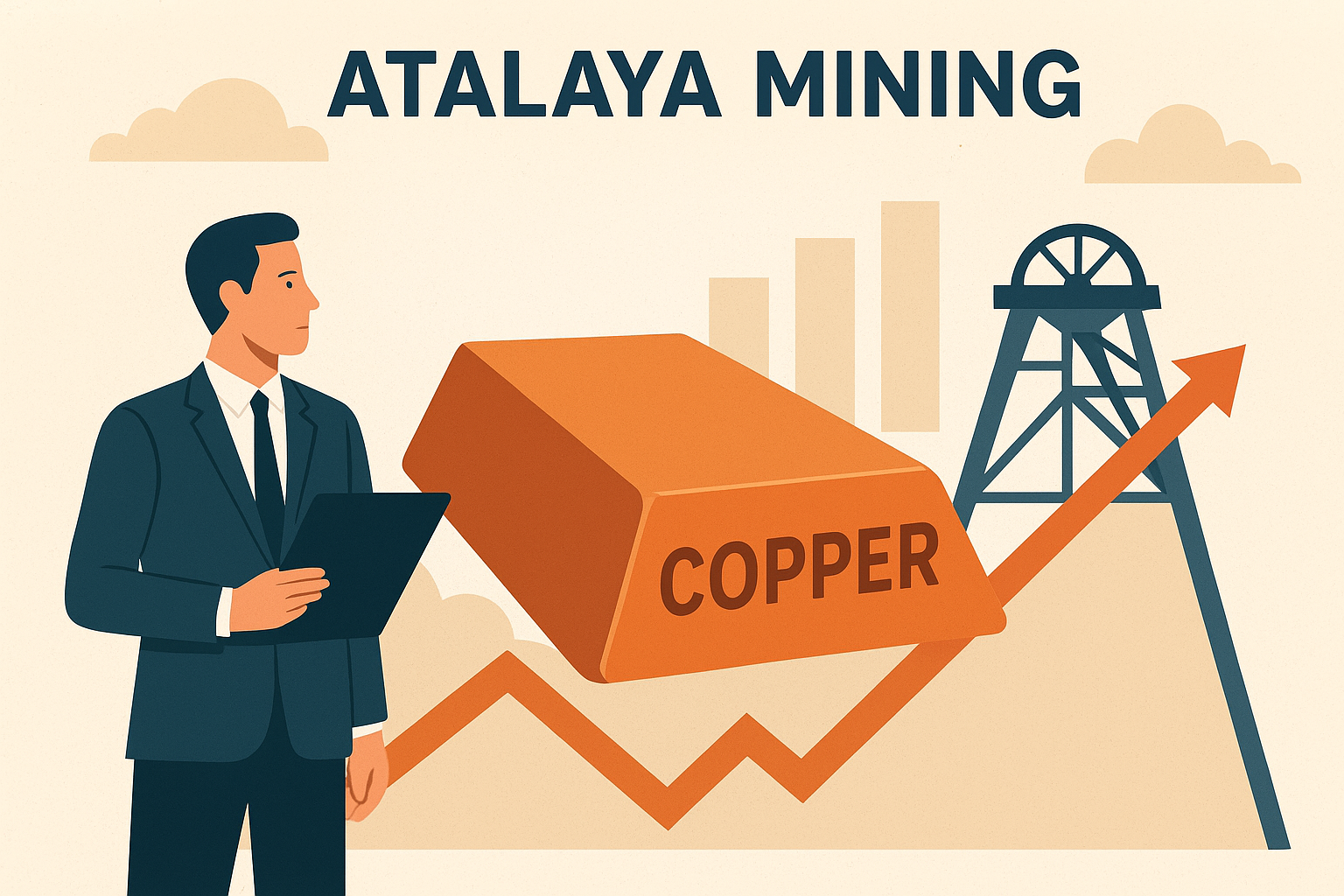Surging demand for zinc—driven by infrastructure spending, green technologies, and tightening supply chains—has investors closely watching new exploration results. Against this backdrop, Canstar Resources Ltd. (TSXV: ROX) has reported promising trenching results from its Mary March project in Newfoundland, revealing bedrock assays of up to 30% zinc and roughly 5% copper.
While the results stem from trenching rather than drilling, the grades are high enough to grab market attention, sparking renewed interest in zinc and polymetallic exploration plays across Atlantic Canada.
A Promising Find Amid Tight Zinc Markets
The timing of Canstar’s discovery is notable. The London Metal Exchange (LME) recently saw zinc inventories fall to multiyear lows, while Reuters and Bloomberg both reported that Chinese smelters are considering exports for the first time in years to capitalize on soaring global prices. Benchmark zinc has traded above US$3,000 per tonne, reflecting persistent supply tightness from major producers.
The company’s trenching program at Mary March—long considered a potential extension of the historic Buchans mining district—exposed semi-massive sulphide lenses in footwall zones, suggesting a fertile mineralized system. Early assays confirmed zinc-rich horizons with meaningful copper credits, lending weight to the geological continuity of the target.
Canstar stated in its release (via TradingView) that the new zones are “open along strike and at depth,” setting the stage for a follow-up drill program aimed at confirming these surface grades in core samples.
Why This Matters for Investors
Exploration-stage results can move markets—especially when metal prices are high and supply is constrained. For investors, Canstar’s trenching results offer early indications of a potential high-grade zinc-copper system in a jurisdiction renowned for its mining-friendly policies and robust infrastructure.
While trenching assays are not yet drill-confirmed, the grades are well above typical surface discoveries, signaling the potential for a valuable new exploration corridor. In a market where zinc supply has lagged and analysts expect a deficit of up to 400,000 tonnes by 2026 (according to CRU Group), even early-stage success stories can attract speculative capital and institutional attention.
For context, historical mines in the same region—such as Teck’s Buchans operation—were among Canada’s richest volcanogenic massive sulphide (VMS) deposits. If Canstar’s mineralization mirrors that style, it could elevate the company from microcap territory into a legitimate development contender.
Broader Market Context
The zinc narrative has quietly strengthened in 2025. Global infrastructure initiatives, such as the U.S. Inflation Reduction Act and EU Net-Zero Industry Act, are driving zinc demand in galvanization and renewable infrastructure. Meanwhile, environmental crackdowns have forced several Chinese smelters to reduce capacity, tightening global supply further.
According to Wood Mackenzie, the world faces “the most significant structural zinc deficit in over a decade.” This has already prompted producers in Peru, India, and Kazakhstan to evaluate capacity expansions, while Western juniors with promising discoveries—like Canstar—could find themselves in favorable acquisition territory.
Future Trends to Watch
- Drill Confirmation: Investors should watch for Canstar’s next phase of drilling. Confirmed grades from core samples will be the key inflection point for valuation.
- Regional Exploration: The company’s proximity to historic Buchans mineralization could open up district-scale exploration opportunities.
- Zinc Price Trajectory: With inventories low and global demand resilient, further price appreciation could enhance project economics.
- Strategic Partnerships: Exploration-stage companies often seek joint ventures or earn-in deals with larger producers—news of such a move could quickly re-rate the stock.
Key Investment Insight
Canstar’s surface assays, while preliminary, underscore a recurring theme in 2025’s resource markets: early-stage discoveries are gaining traction faster as supply fears grow across base and critical metals. For risk-tolerant investors, this story represents a speculative opportunity in a tightening zinc environment. However, prudent due diligence—especially regarding drill confirmation and funding—remains essential.
For more conservative investors, the news reinforces a broader takeaway: zinc is reemerging as a strategic industrial metal. The sector’s tightening fundamentals may benefit producers like Teck Resources ($TECK) and Boliden AB, as well as juniors with exposure to the next generation of VMS exploration targets.
Stay Ahead of the Market
With zinc entering a new phase of investor interest and early exploration results like Canstar’s pointing to fresh potential, staying informed is key.
Follow explorationstocks.com for timely updates, credible market analysis, and the stories shaping the future of resource investing.






